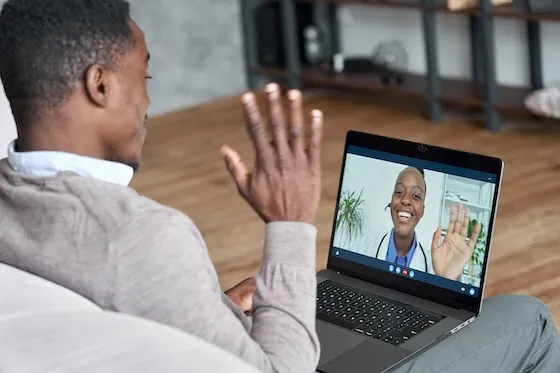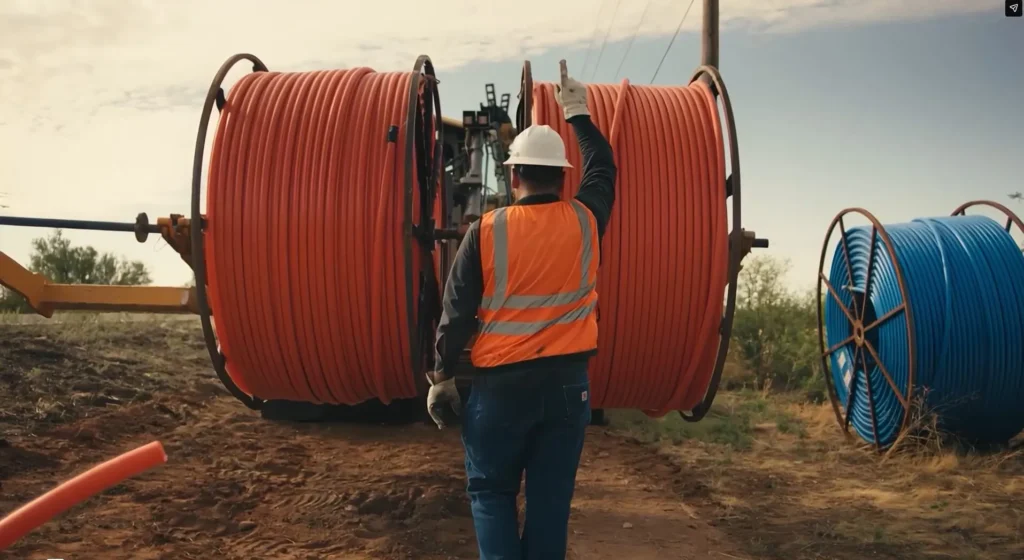Wi-Fi has become essential to healthcare in large and small communities, transforming how Americans care for their health.
Wi-Fi plays a central role in America’s daily activities, from powering personal connectivity in the home to facilitating digital workplaces, education, healthcare, agriculture, manufacturing, and much more.
Without adequate spectrum for unlicensed use, America faces the possibility of Wi-Fi congestion, which would severely deteriorate the ability of small businesses or farms across the country to operate. Also, the country will lose out on significant economic growth, given how many critical sectors rely on Wi-Fi.
From telehealth appointments to real-time patient monitoring, today’s healthcare system runs on fast and dependable wireless connectivity. Rural hospitals, clinics, and even home care environments all depend on robust Wi-Fi to deliver coordinated, data-driven care that saves lives and improves outcomes for all communities.
Telehealth & remote monitoring
Wi-Fi helps to bring care directly to patients, wherever they are.
- Telehealth platforms connect patients with providers in real-time, expanding access to care across geographic, socioeconomic, and mobility barriers.
- For rural and underserved communities, this connectivity can mean the difference between receiving care and going without it.
- For elderly Americans, especially in remote areas, these developments in care options have dramatically improved access to healthcare.
- Remote monitoring tools, such as wearable heart monitors and glucose sensors, use Wi-Fi to transmit real-time health data to care teams, enabling earlier interventions and better management of chronic conditions.
- Wi-Fi is also driving the rise of rapid, lower-cost point-of-care (POC) testing.
- Cutting-edge tools such as molecular diagnostics, biosensors, connectivity signatures, and microfluidics need wireless connections to process and transmit results instantly.
- By reducing reliance on centralized labs, these innovations accelerate clinical decision-making.
Smarter, more connected hospitals
Wi-Fi supports every layer of care inside hospitals, from infusion pumps and smart beds to electronic health records and nurse call systems.
- Clinicians depend on Wi-Fi to monitor vital signs in real-time, update electronic health records, and coordinate across departments.
In this high-stakes environment where every second of care counts, a single dropped connection can disrupt workflows or jeopardize patient safety. That’s why hospitals treat reliable wireless infrastructure as mission-critical.
- Increasingly, Wi-Fi also supports emerging applications like 3D printing, now used to create custom implants, replacement tissues, and even prototype organs.
- These tools are expanding the boundaries of medicine and demand fast, uninterrupted connectivity to function effectively.
Patient empowerment
Wi-Fi isn’t just transforming provider operations – it’s empowering patients.
- Apps that track physical activity give individuals greater control over their wellness. Patient portals provide on-demand access to test results, visit summaries, and direct communication with care teams.
This shift toward more personalized, proactive care is built entirely on high-quality Wi-Fi. Without access to sufficient unlicensed spectrum, patients and providers face slower speeds and diminished quality of care.
Shared spectrum is the digital heartbeat of modern healthcare. It enables hospitals to work smarter so everyone can receive the best care possible.
To learn more about the vital role that Wi-Fi and unlicensed spectrum play in the broadband ecosystem, visit NCTA.com.









